Voigtlander Nokton 75mm f1.5 Aspherical Lens Review:
Voigtlander has been making some great rangefinder lenses for some time now but if you ask me, they have really been on a roll recently with some of their new stuff. Take for instance, the new Nokton 75mm f1.5 Aspherical that has been recently released. I was able to get one on loan, and since I don’t use a digital M anymore, I have been testing it quite a bit with my Leica SL. I think it’s one of my favorite lenses to come out this year. Read on and find out why.
Voigtlander Nokton 75mm f1.5 Aspherical Lens Build Quality:
In terms of build, I’m very impressed with the Nokton 75mm f1.5 Aspherical. The cost of this lens is currently $999 but if I didn’t know that, I would’ve thought it’d be priced much higher. It’s very solid feeling thanks to it being essentially all metal, and absolutely beautifully made. I know this is just a lens but seriously, it physically looks so nice. All markings are also engraved. When handling the Voigtlander 75mm f1.5, it feels like your handling a lens from the golden era of rangefinders because of its classic looks, and just sheer build quality. It even comes in black or silver; I generally go for silver lenses, if there’s a choice because in my eyes, they have a more classic look to them when compared to their black version counterparts. I love how they go with rangefinders but In the case of the 75mm f1.5, the black has that same classic appeal to me as the silver version.

↑ The Voigtlander Nokton 75mm f1.5 Aspherical lens with the Leica SL.
As for the functions, the Voigtlander 75mm f1.5 is a manual lens, so there aren’t many things to adjust: just focus and aperture. The focus ring operates so smoothly with just about the perfect amount of resistance for feel and accurate focus. The aperture ring clicks satisfyingly as you rotate it although it is slightly too fluid for my taste. There’s nothing wrong with it at all; it does actually click in place as you rotate it, which is great but I guess it’s so smooth that once in a while, I’ll knock it out of my chosen setting. Since switching to the SL, I haven’t shot much with my manual focus lenses. I have to say, using this lens definitely reminds me of why some still choose to go manual. Really, just handling this lens is sheer pleasure.
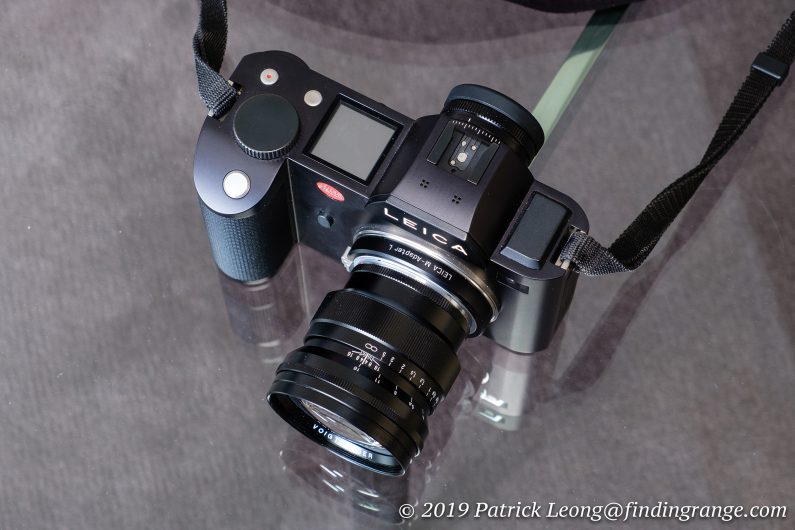
↑ Here’s a top view.
I think one of the best attributes of the Nokton 75mm f1.5 Aspherical is it’s compact size. It’s just not a heavy or large lens. The weight of it is just 350 g. This isn’t heavy at all, especially when you consider it’s a fast short telephoto lens. There is a little heft though, which in this case, is good. It just has a nice weight and feel to it. It feels like a quality product, and it helps with stabilization. While I did test the 75mm f1.5 with my SL, I still have my film M cameras. I mounted the lens on my film bodies, and it feels quite balance on an M. It really is a nice feel.
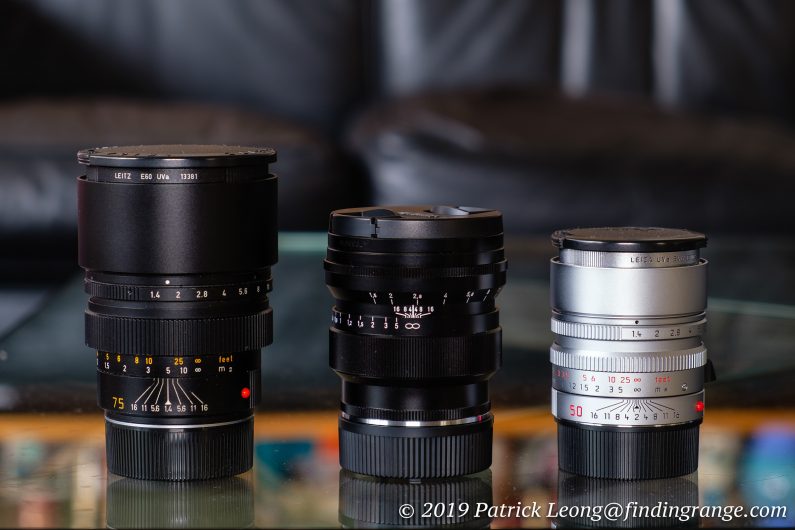
↑ The Voigtlander 75mm f1.5 Aspherical is pretty compact. Left is the 75mm Summilux f1.4 and all the way to the right is the Summilux-M 50mm f1.4 ASPH.
In addition to the weight, it definitely helps that this lens isn’t that large either. Even though the largest aperture is f1.5, the Nokton 75mm f1.5 Aspherical is more like the Summicron-M 75mm than the 75mm Summilux in both size and feel. I own the Summilux; the Voigtlander is an easier lens to use not just because of overall size and weight but also in terms of focus.

↑ I tested the Voigtlander 75mm f1.5 Aspherical with the SL but of course, it is M mount.
Speaking of focus, the focus throw isn’t that long either, so focusing is a bit quicker than with my Lux. It also seems to be easier to nail the focus than with my 75mm Summilux. It’s considerably easier to use for candid or street than the Lux I feel. For one, the smaller body makes it less conspicuous than the 75mm Summilux, and I can focus it much quicker. I ended up with some tack sharp images at f1.5, which I’ll talk more about below.
The Nokton 75mm f1.5 Aspherical does come with a lens hood as well. It’s made out of metal, and it’s well-made. The classic looks of the lens hood also match the lens. It’s vented too for rangefinder users.
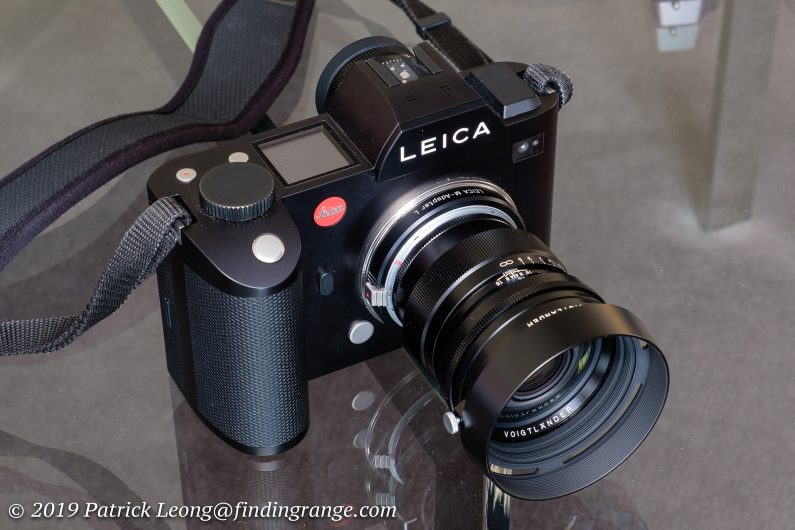
↑ The Voigtlander Nokton 75mm f1.5 Aspherical and it’s supplied lens hood.
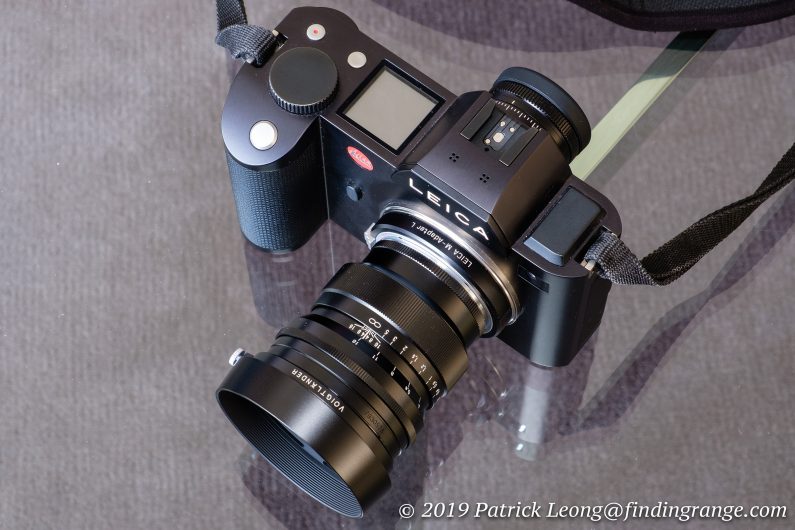
↑ Here’s a top view.
Voigtlander Nokton 75mm f1.5 Aspherical Lens Image Quality:
As for image quality, I just love the look that the Nokton 75mm f1.5 Aspherical produces. As I said earlier, the is one of my favorite lenses to come out this year. It really produces such beautiful photos. Color rendering is very nice; contrast is decent. It does vignette wide open but a good amount disappears at f2, and by f4, it’s gone. It’s nothing out of the ordinary for a lens like this, and in my opinion, the vignetting at f1.5 adds to the images.
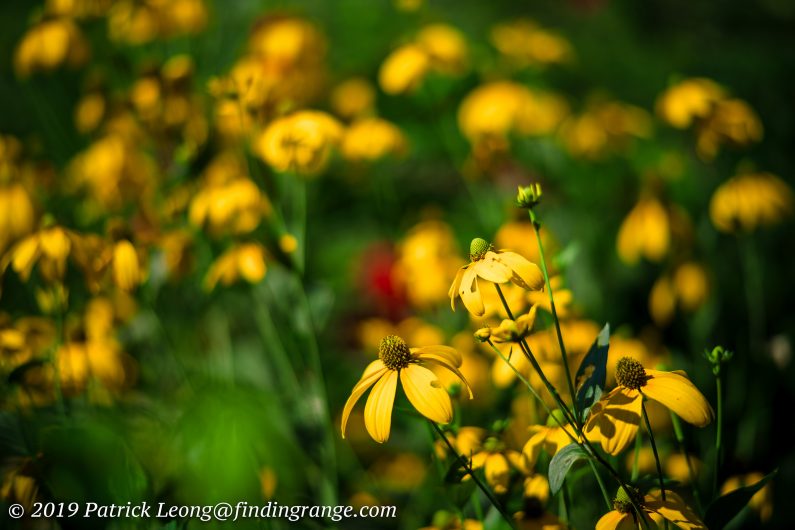
↑ Taken at f1.5.
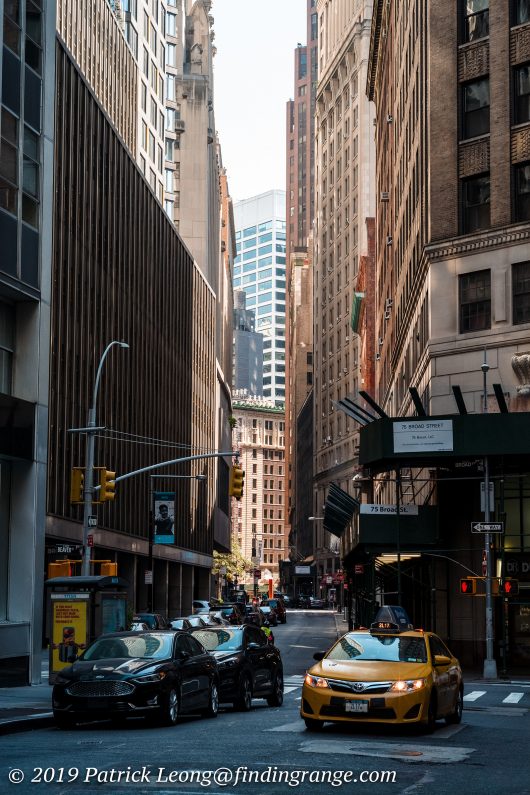
↑ This was taken somewhere downtown at f11.
Now, let’s talk about sharpness. I read mix stuff about this lens. Some say it’s very sharp at f1.5 while others say it’s sufficient. From my testing, I have produced some very sharp images at f1.5. Grant it, it’s not like my Summilux-SL 50mm f1.4 ASPH at f1.4 but you still see the crispness in the eyelashes from your subject in a photo. They are not blurred together; you still see the individual strands of lashes. I think the level of sharpness comes down to several things.
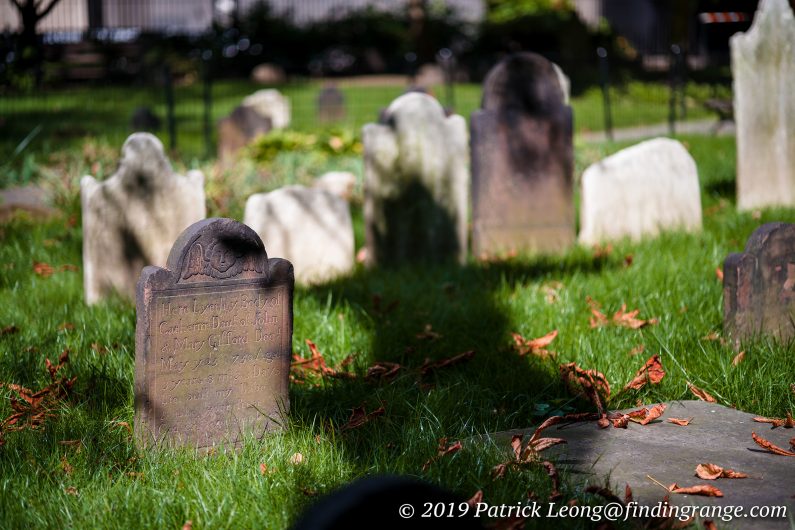
↑ This was taken at f1.5.

↑ This is a 100% crop of the photo above. Notice that the words are very sharp.
First off, I’m reviewing this lens on the SL, which has a great EVF, magnification feature, and focus peaking. Other’s may be shooting with a rangefinder, and it’s not always easy to focus a 75mm f1.5 lens with a rangefinder. That’s one of the main reasons I switched to the SL. Plus, when you’re focusing someone’s eyes, for instance, the eyes may not always be dead center in your image. So, with a rangefinder, you have to move the camera to place the center patch on the eyes to focus, and then reposition the camera for the correct framing. That changing of position, can affect the sharpness of the image because by moving the camera back to the correct position for framing, the distance changes a bit.
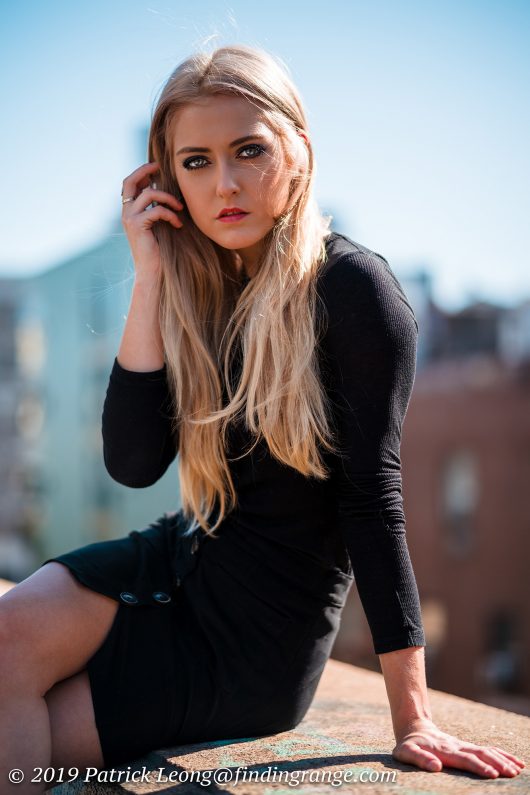
↑ I took quite a few portraits with this lens but didn’t have the time to finish all the edits. I may post a set in my weekly portrait posts I do here on my blog. This was taken at f1.5.
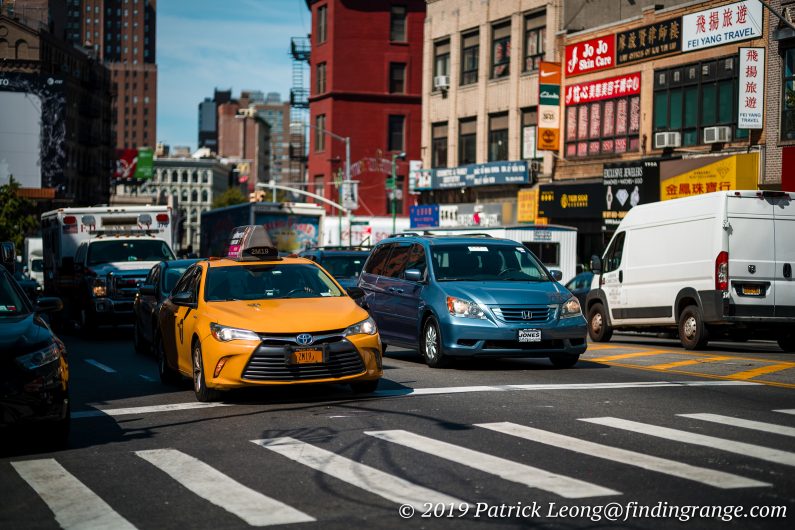
↑ Here’s another taken at f1.5.
Second, focusing a 75mm f1.5 takes time. It’s not something that you can always quickly do, if you’re after the sharpest images possible.
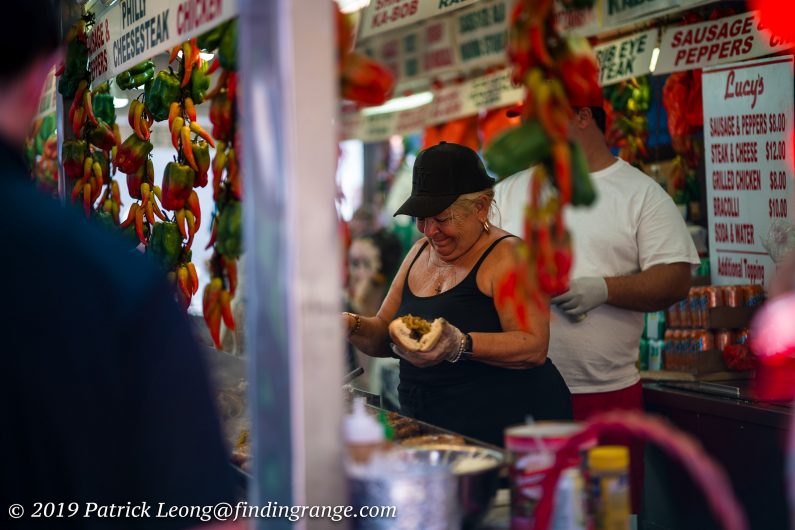
↑ This is a much easier lens to use than the 75mm Summilux, at least to me. Still, I love my Lux, and will never sell it :). This was taken at f1.5.
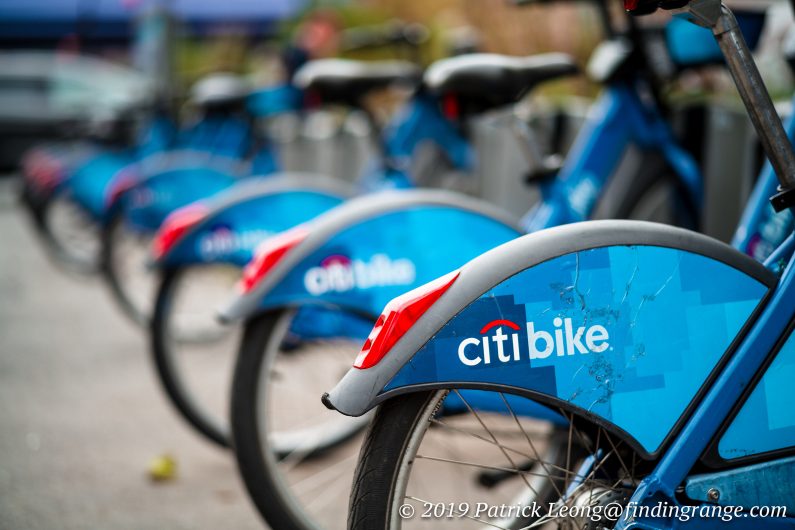
↑ Here’s another taken at f1.5.
Third, it also depends on your subject. A lot of my images that I shot at f1.5 were portraits. I told the person that it was going to take some time for me to properly manually focus, so they knew to stand very still. You see, the depth of field at f1.5 with a 75mm lens is very thin, and even the slightest movement will throw off focus, especially if you’re taking a portrait, which requires you to be closer to your subject. So, what may look like a lens that isn’t as sharp at f1.5, could just be a person that moved ever so slightly. It happens; even when a person is just standing there, the body can shift a bit. When I took pictures of flowers for instance, some weren’t tack sharp because there was a slight wind that caused a bit of movement.
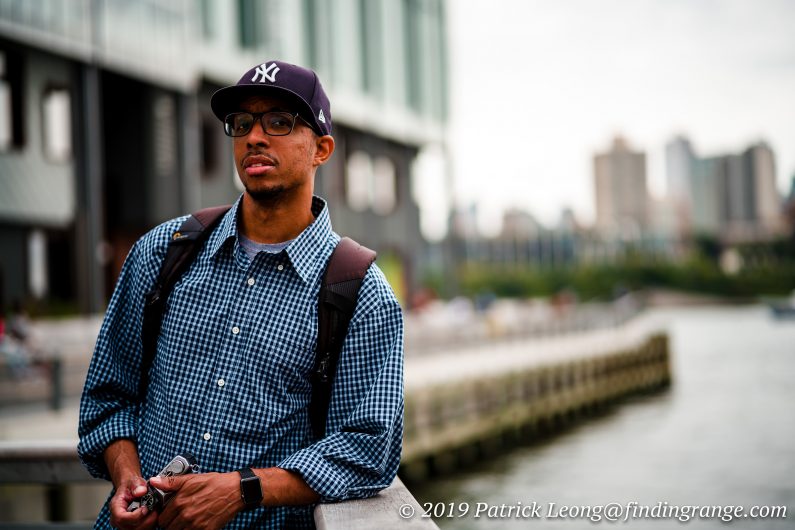
↑ I just love the bokeh from this lens. As you can see, the subject is quite sharp too. This was taken at f1.5.
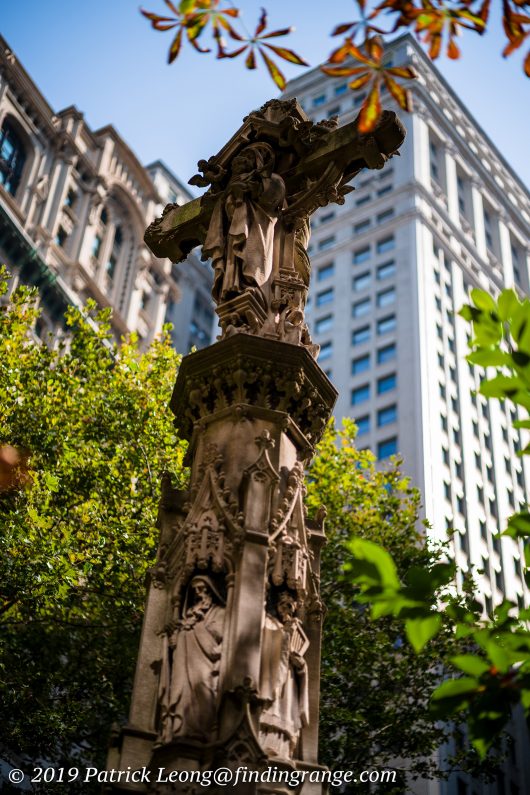
↑ This was taken at f1.5.
Lastly, if you’re really close to your subject, the depth of field will be very shallow. Often times, it can look like you produced a soft image but if you zoom in it at 100%, you’ll notice that what you focused on is sharp. Take for instance, the picture below. I originally thought I was off a bit in terms of focus but when I zoomed in at 100%, I saw that the eye area that I focused on is sharp. However, the depth of field is so shallow that only the top eye lashes, and most of the pupil are truly sharp. In fact, they are so sharp, you can distinctly see the individual strands of lashes. The bottom eye lashes however, are a bit softer.
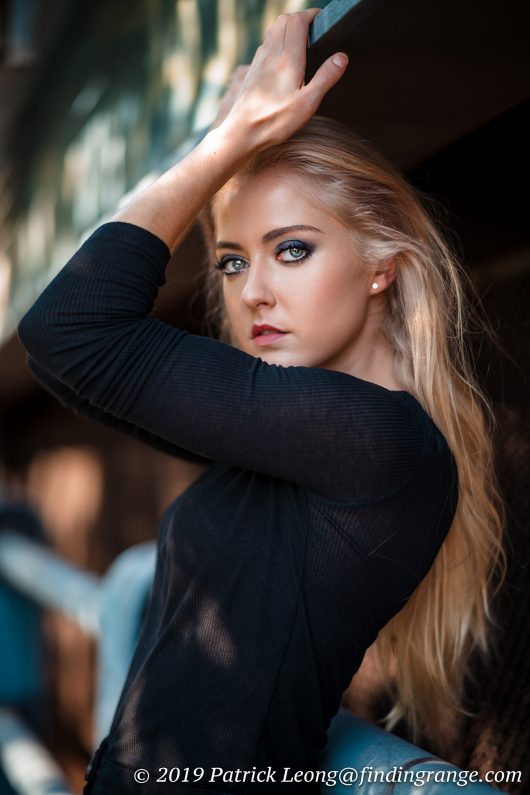
↑ This is an example of the shallow depth of field. The top eyelashes are sharp and so is most of the eye but the depth of field is so thin, the lower eyelashes begin to lose a little focus. This was taken at f1.5.
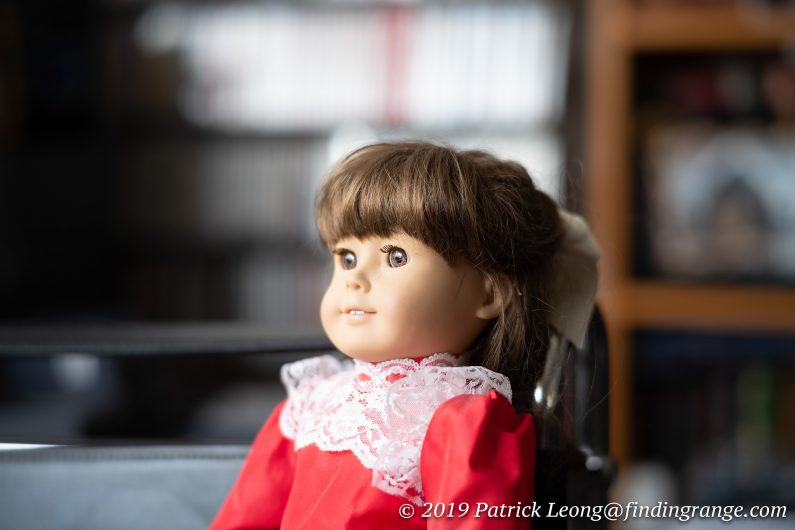
↑ This photo is completely unedited. I don’t normally like to post 100% cropped photos of people, so I used an old doll.
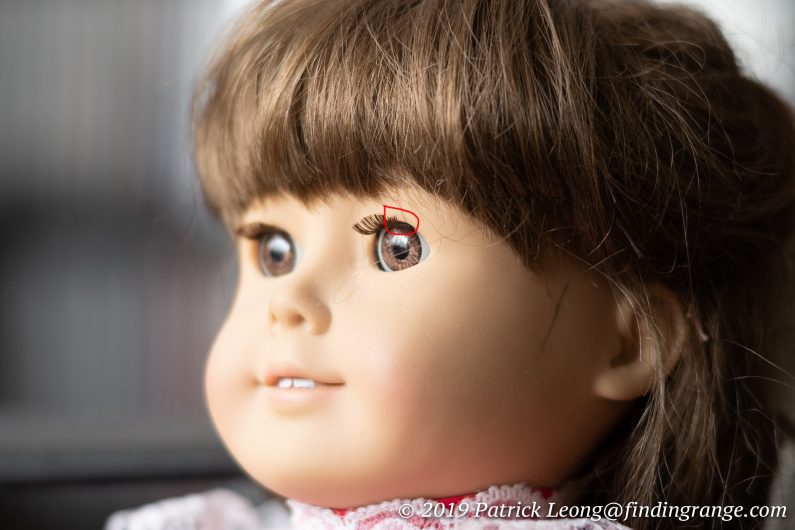
↑ This is a 100% of the photo above. Notice that the eyelashes circled in red are sharp.
So, from how I tested the Nokton 75mm f1.5 Aspherical (which is with the SL), I found this lens produces tack sharp images at f1.5, when all those things I just said are taken into account. When I say tack sharp images, I don’t mean the best I’ve ever seen at f1.5 from any lens. I know there are lenses designed to be more clinical, and even sharper but I wanted to make the point that from my results, it’s definitely not soft or just sufficient. It’s exactly what I said above: with the correct focusing, I found this lens to be very sharp at f1.5: you can see the crispness and details in eyelashes of a subject like I mentioned before. You can still see individual strands of hair pretty distinctly, and pores are readily apparent when you look closely at some portraits. While not the same focal length or even aperture speed, I think it actually performs a bit better than my Fuji XF 56mm f1.2 APD lens at wide open aperture. I mention this because the Fuji is considered as a lens that produces excellent results by modern standards, and so you can expect the Voigtlander to produce images that are up to date to current standards as well. By the way, all the photos in this review have not been sharpened.
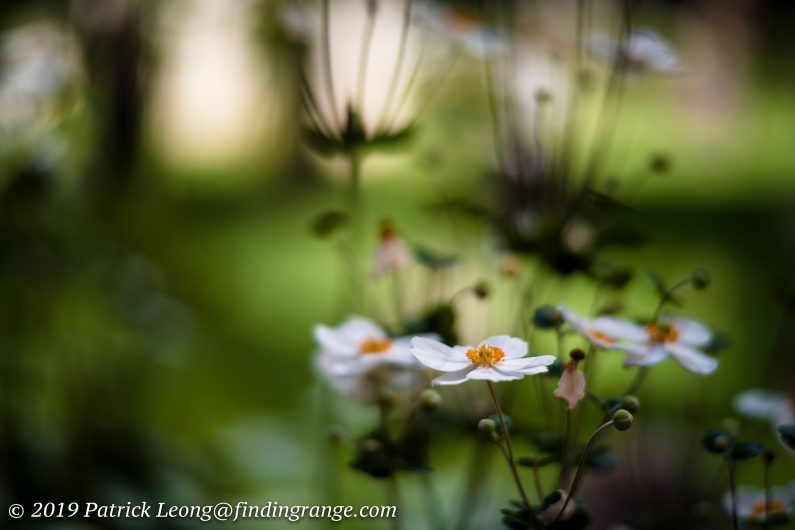
↑ This was off focus a bit because of wind but I still love the look of this image. This was taken at f1.5.
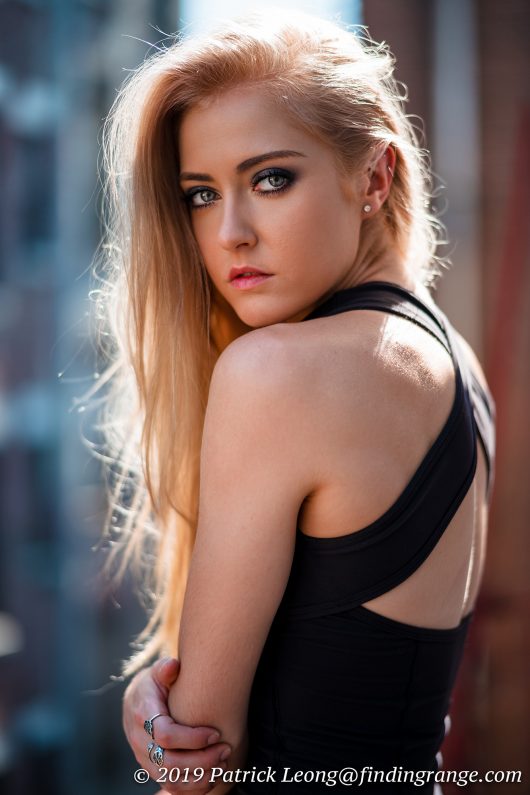
↑ Here’s another taken at f1.5.
Now, I am talking a lot about the Nokton 75mm f1.5 Aspherical wide open because well, I’m sure many people want to exploit this lens’ wide open capabilities but it’s also excellent stopped down. At f1.5, it performs much better than I expected; it’s only slightly soft in the corners to my eyes. As you stop down a bit, the lens does sharpen up even more. By f4, corners are practically perfect unless your pixel peeping. Center sharpness also improves as you stop down as well.
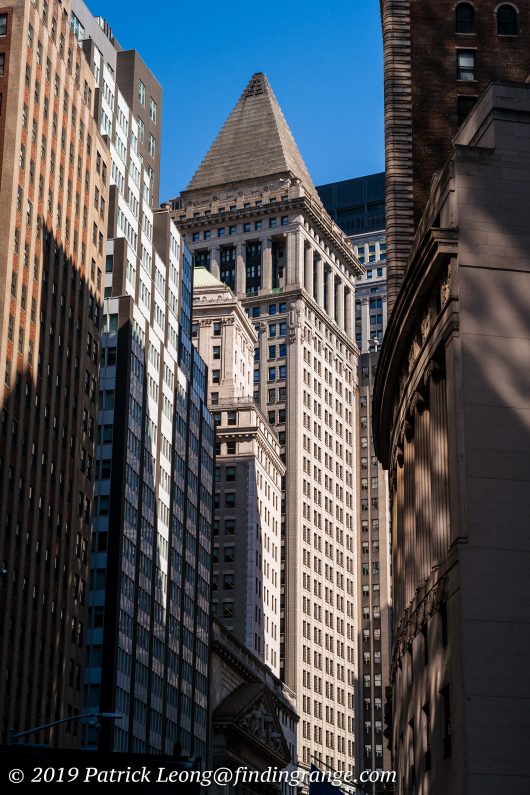
↑ Stopped down, this lens sharpens further. This was taken at f11.
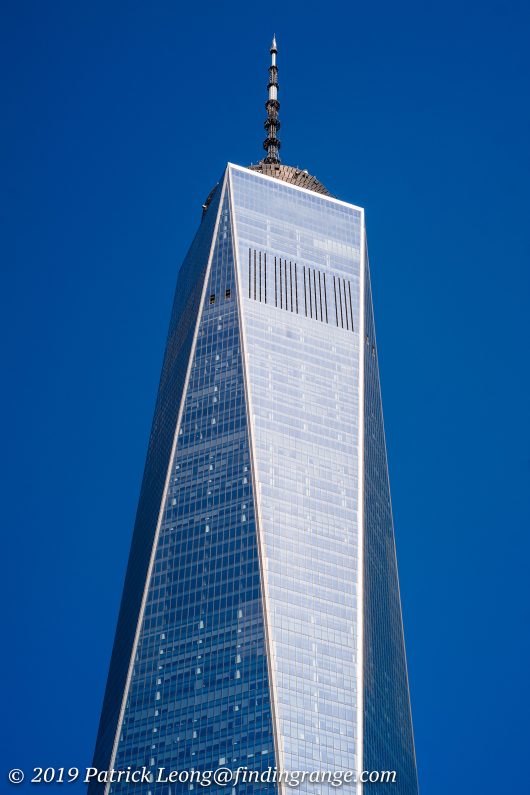
↑ This was taken at f8.
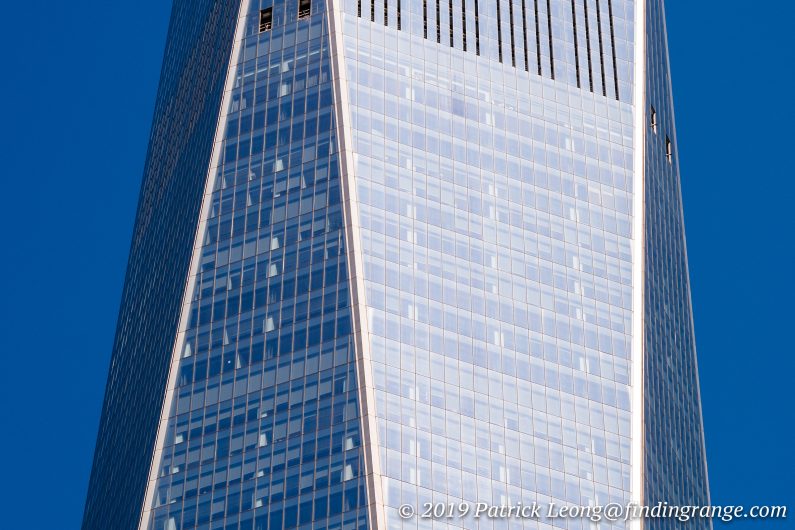
↑ Here’s a 100% crop of the photo above.

↑ This was taken at f8.
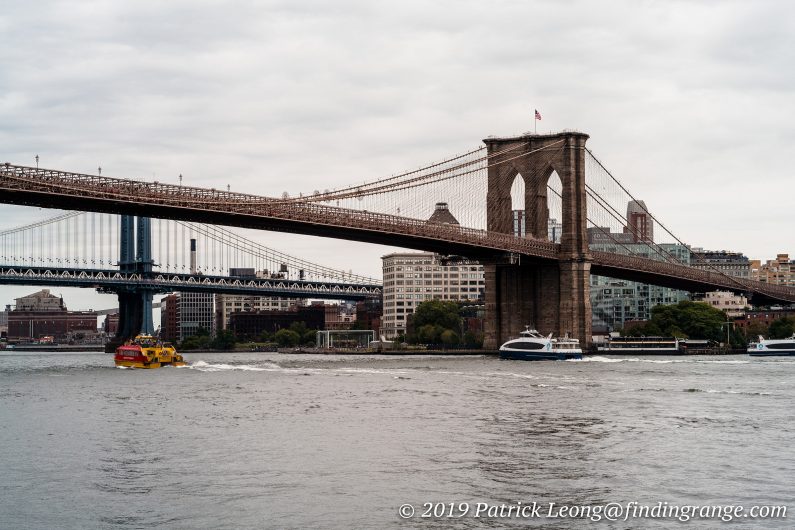
↑ One of the cloudier days we had this September.
The only issue that I came across that I wanted to mention is that I noticed I did get flare or internal reflections in some of my shots. This only happened on occasion though. I wasn’t doing anything out of the ordinary just to see if I could get these reflections too. I was just shooting the way that I normally do. But like I said, it didn’t happening a lot. For most of the time that I was using this lens, I didn’t experience it at all.
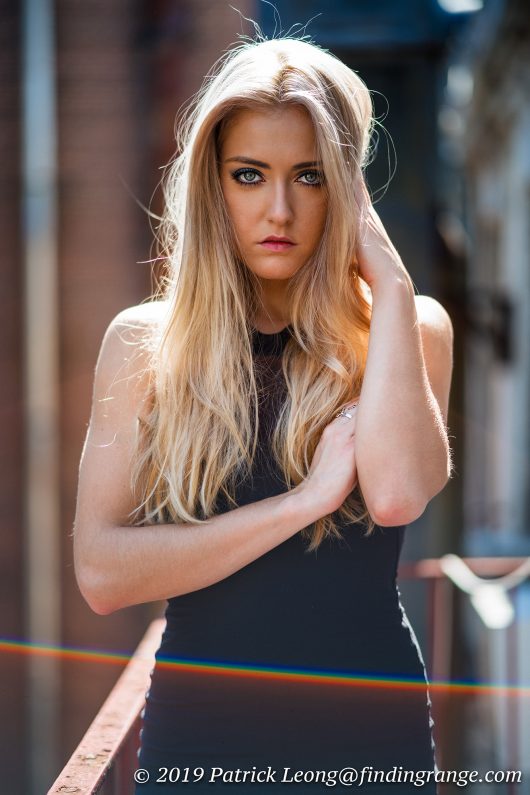
↑ This is what I am talking about above. However, this only happened on occasion. For most of the time that I was using this lens, I didn’t experience it at all.
Voigtlander Nokton 75mm f1.5 Aspherical Lens Bokeh:
Let’s now talk about bokeh. I probably don’t have to tell you this but the shallow depth of field from this lens is pretty darn beautiful. With 12 aperture blades, the Nokton 75mm f1.5 Aspherical produces some of the most buttery smooth and pleasing bokeh out there. I know there are a lot of lenses out there that produce very shallow depth of field but some of it is a little boring 🙂 (at least I’m honest); on the contrary, the 75mm f1.5’s is unique, lively, and with character. When I say character, it’s not so much where it only appeals to a small niche. It has just enough to add a little spark to the images. The natural vignetting, the aperture blades, to the overall design really adds to the look. In my eyes, it has a slightly classic appearance but still some modernness to it. You know that painterly affect you can get from the 75mm Summilux? You can definitely get it with this lens as well :). Depending on your background, you can create almost a dream-like look to your photos with the 75mm f1.5’s amazing blurring abilities. The way that the sharpness of your subject transitions into the smooth background is quite nice as well.
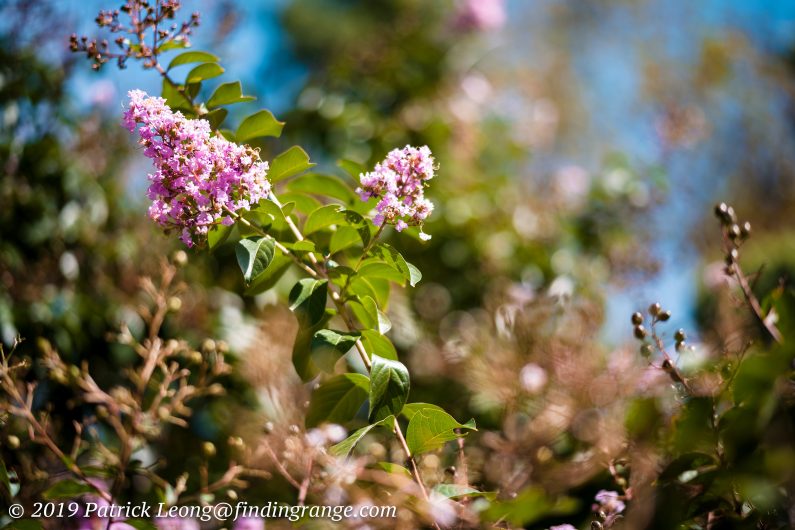
↑ I really love the bokeh from this lens. This was taken at f1.5.
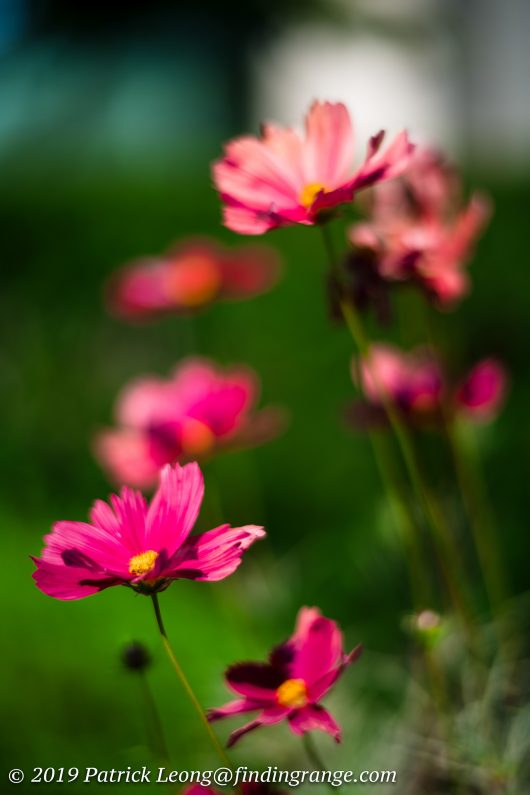
↑ This was actually off focus but I love the look: it has a painterly effect, which reminds me of the 75mm Summilux. This was taken at f1.5.

↑ Here’s another example taken at f1.5.
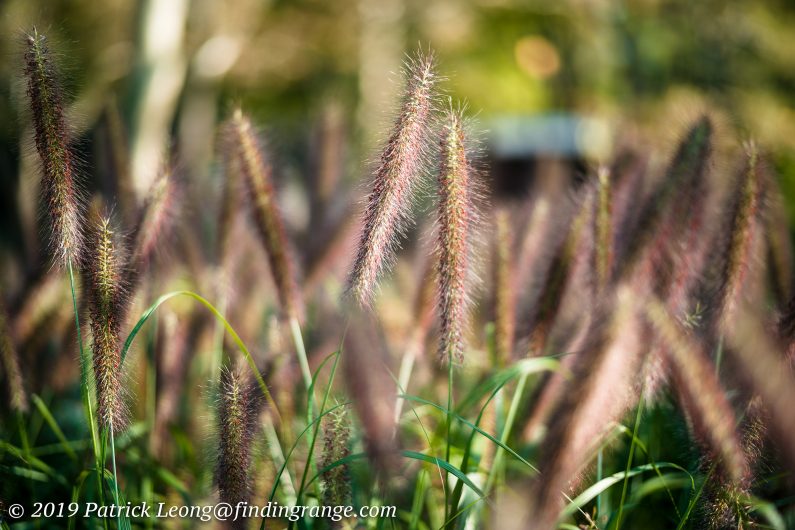
↑ This was taken at f1.5 as well.
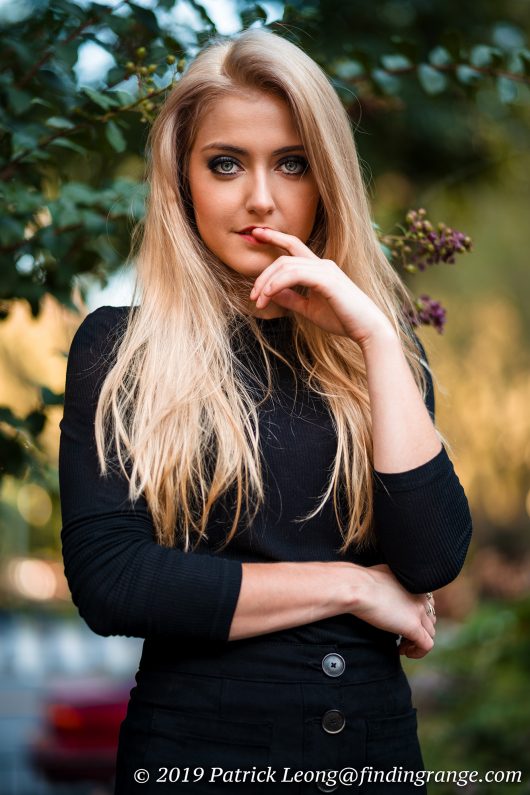
↑ Here’s one more taken at f1.5.
Voigtlander Nokton 75mm f1.5 Aspherical Lens Pros And Cons:
Voigtlander Nokton 75mm f1.5 Aspherical Lens Pros:
- Beautifully made.
- Compact and light.
- Comes with a well-made metal lens hood.
- Focuses nicely: focusing is easier with this lens than with my Leica 75mm Summilux.
- Can produce breathtaking images.
- At f1.5, it produces some of the nicest bokeh out there.
Voigtlander Nokton 75mm f1.5 Aspherical Lens Cons:
- I experienced flare/internal reflections once in a while.
Voigtlander Nokton 75mm f1.5 Aspherical Lens Verdict:
If you’re looking for a really nice portrait lens that has a bit character, charm, and produces excellent results, the Nokton 75mm f1.5 Aspherical might just be the one for you. In addition to the great optics, the build and overall physical appearance is just about perfect to me, especially when you consider the asking price of $999. This has truly been one of my favorite lenses that I’ve tried this year.
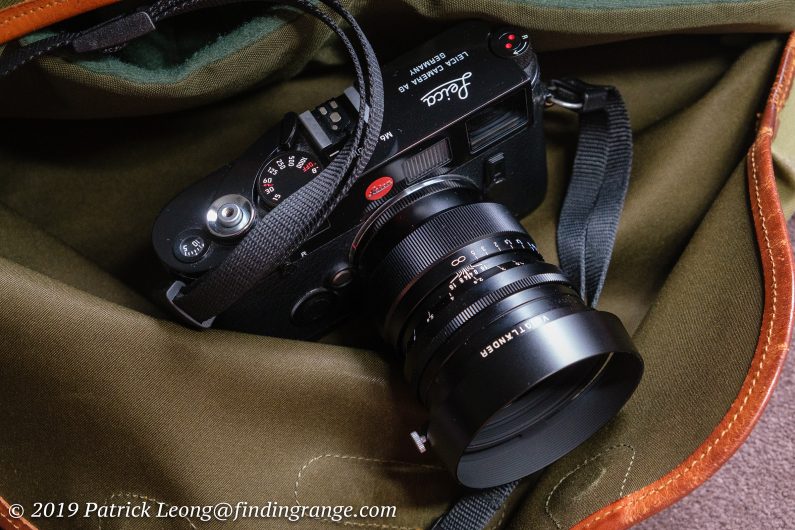
↑ This lens not only looks great with an M, it balances quite nicely on one too.
Of course, there are plenty of other choices as well. For instance, if you’re going the Leica route, there’s the Leica Summarit-M 75mm f2.4. Currently, it’s priced at $1,995, and I did review the older f2.5 version here. It’s a sharper lens but I find its more clinical than the Voigtlander. It’s a superb optic but it just has a different character. Because it’s slower, it won’t give you that same look as the Voigtlander 75mm f1.5 wide open, of course.
There’s also the 75mm Summilux but it has been discontinued for a long time now. The 75mm Summilux is a classic; like the Voigtlander, it really produces it’s own signature look but it can be quite expensive on the used market. I’m lucky to still have my copy, which I will never sell :). I find the Voigtlander also a bit easier to use. It’s easier to focus for me, and it’s noticeably more compact, especially if you’re using these lenses on an M body. In addition to being better balanced, the Voigtlander 75mm f1.5 Aspherical is more inconspicuous when you’re not shooting portraits but candids around the street.
The Leica choices are, of course, excellent, and there are definitely more out there but keep in mind that the Nokton 75mm f1.5 Aspherical is also a superb choice as well. This is flat out a great lens. I review a lot of different things, and of course, I want buy almost everything in the end haha but this is truly one that I really want in my collection. Build, size, weight, and of course, optics along with the price make this one of the nicest 75mm’s currently out in my opinion. If you’re looking for something in this focal length range with all the attributes I mentioned, and just something a little more special, and unique than what usually comes out, this might just be the perfect lens for you.
Thanks for taking the time to read my review! If you’re considering purchasing the 90mm Summarit, and my review helped you decide, please help support this site by purchasing from the links below or any mentioned in this review. It will not cost you anything extra. Thank you for your support!

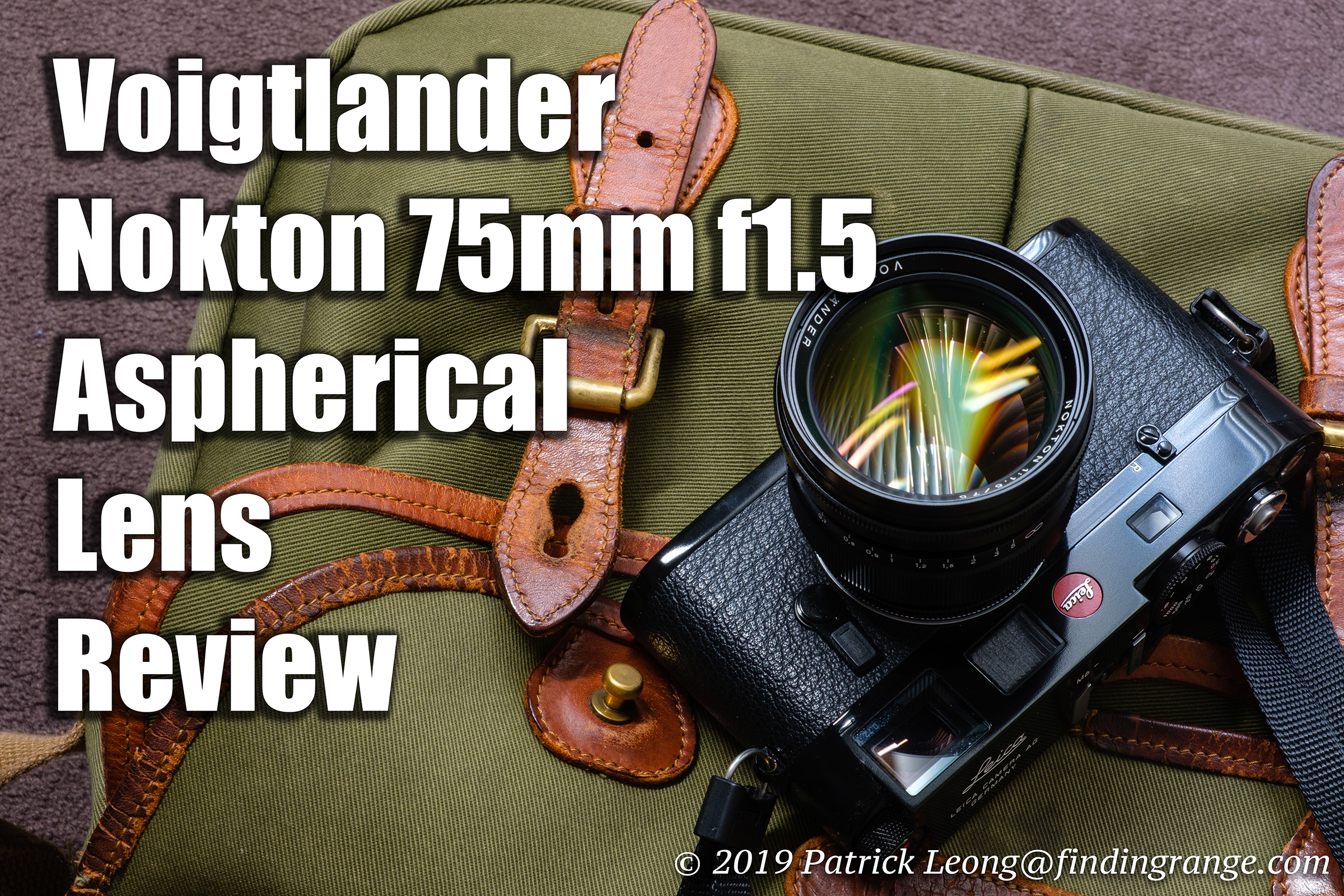
Your images make the lens look even better than what i saw in other reviews 😉
Not all used the SL for the test. The SL is definelty the second best camera to use M mount lenses with.
Your review made me think about the lens again. I pre ordered one in silver months ago and decided not to buy it. Mainly because i already own a 50 and a 90.
But this bad boy is indeed beaufiful in its appearance and the results seem to match it. CV really improved especially in color and rendering/bokeh up to a point where it is just a matter of taste and no more if you choose this or a Leica alternative. Color is still different but much more pleasing than earlier lenses from CV. I would still suggest that Leica builds to a higher standard. But for the price it is a hell of a deal. And there is no alternative from Leica available (at least new).
Hi Elderin!
Apologies for the late response, and thanks for the very kind words! I think Leica does build to a higher standard but for the price, this is hard to beat. Plus, it really has its own unique rendering that makes it different than the Leica version. I actually really love this lens, and may one day buy one for myself. It’s one of my favorite lenses I’ve tried this year. I’d probably get it in silver too ;).
Best,
Patrick
I have been using the 75mm F1.8 on my Fuji X Pro2 and thinking about trading up to the new F1.5. Have you tried the Voigtlander 75mm F 1.5 on a Fuji camera?
Hi John,
Thanks for stopping by. I didn’t but I should’ve. I should also start making it more of a habit to use M mount lenses on the Fuji bodies. The 75mm f1.5 is phenomenal though. It’s my favorite Voigtlander lens right now. Sorry I wasn’t more help,
Happy Holidays,
Patrick
Hi Patrick I did trade up and get the new Voigtlander 75mm F1.5. The lens is lots of fun on my X Pro2. Nice out of focus background and tack sharp at F2.8 It is my just for fun walk-around lens as well has my Voigtlander 21mm F4.
I love your blog, John
Hi John,
Thanks for your very kind words! I greatly appreciate them, and you taking out time to come by and visit my blog! I hope I can continue to produce content that you’ll enjoy :). If you ever have any questions or anything, please let me know!
The 75mm f1.5 is still a lens I want so badly. I think it’s one of Voigtlander’s best. From this point on, I’ll make sure I use the M mount lenses on the Fuji bodies (if compatible) that I get in to review. Sometimes, it slips my mind. As always, thanks for stopping by! Always appreciate it!
Best,
Patrick
Thanks for the review of that lens.
I had it on the M10 and it performed pretty well wide open and at closer distances. What it did not do on my camera was to be used as a little tele-lens stopped down. Almost all images appeared to be somewhat blurry or not tack sharp. I exchanged it for a Summarit 75 f/2.4 which is much sharper imho but doesn’t produce the wide open look at f/1.5
Greets Dirk
Hi Dirk!
Thanks for taking the time to read my review of the lens!
I’ve always been a fan of the Summarit-M line of lens. The Summarit 75mm f2.4 is a fantastic lens. You’re right that it doesn’t produce the same look as the f1.5 on the Voigtlander but it is still one of my favorite 75mm’s out there :).
Thanks for leaving a comment, and have a great weekend!
Best,
Patrick